I'm using a tqdm package (v4.19.5) for a loop with 200K+ iterations in Python 3.6 (Anaconda 3, Windows 10 x64, PyCharm IDE). It prints the status bar too frequently, so that my earlier history disappears in the console.
Is there a way to limit the frequency of status bar updates? I can't seem to find this solution online or tqdm website.
Currently, my status bar prints like this. Ideally, I'd like to set put a cap on percentage change. For example, update it not more frequently than once per 1% change/progress.

